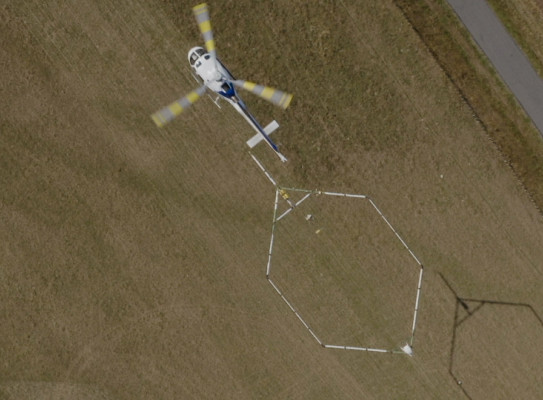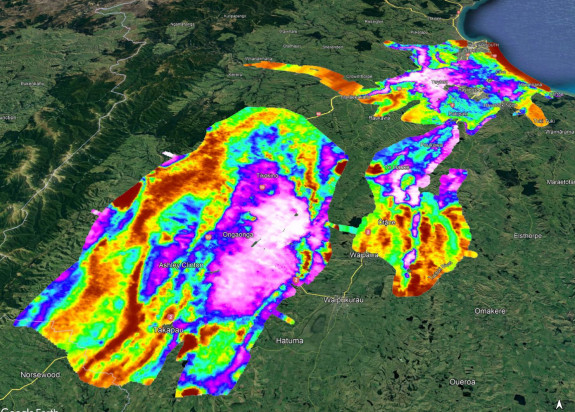
Zara Rawlinson Hydro-geophysicist
Zara is a Hydro-geophysicist at GNS Science’s Wairakei Research Centre with a particular interest in the use of geophysics for subsurface imaging and property determination, as well as developing 3D subsurface geological and numerical models for groundwater applications. Zara’s background includes research focussed on mathematical inversion techniques, seismic signal processing and software/programme development. Recent work has focused on electromagnetic applications within groundwater research, particularly utilising the airborne SkyTEM system, including the planning, communicating, processing, and geophysical and hydrogeological modelling aspects of these projects.
View Bio Contact Me
